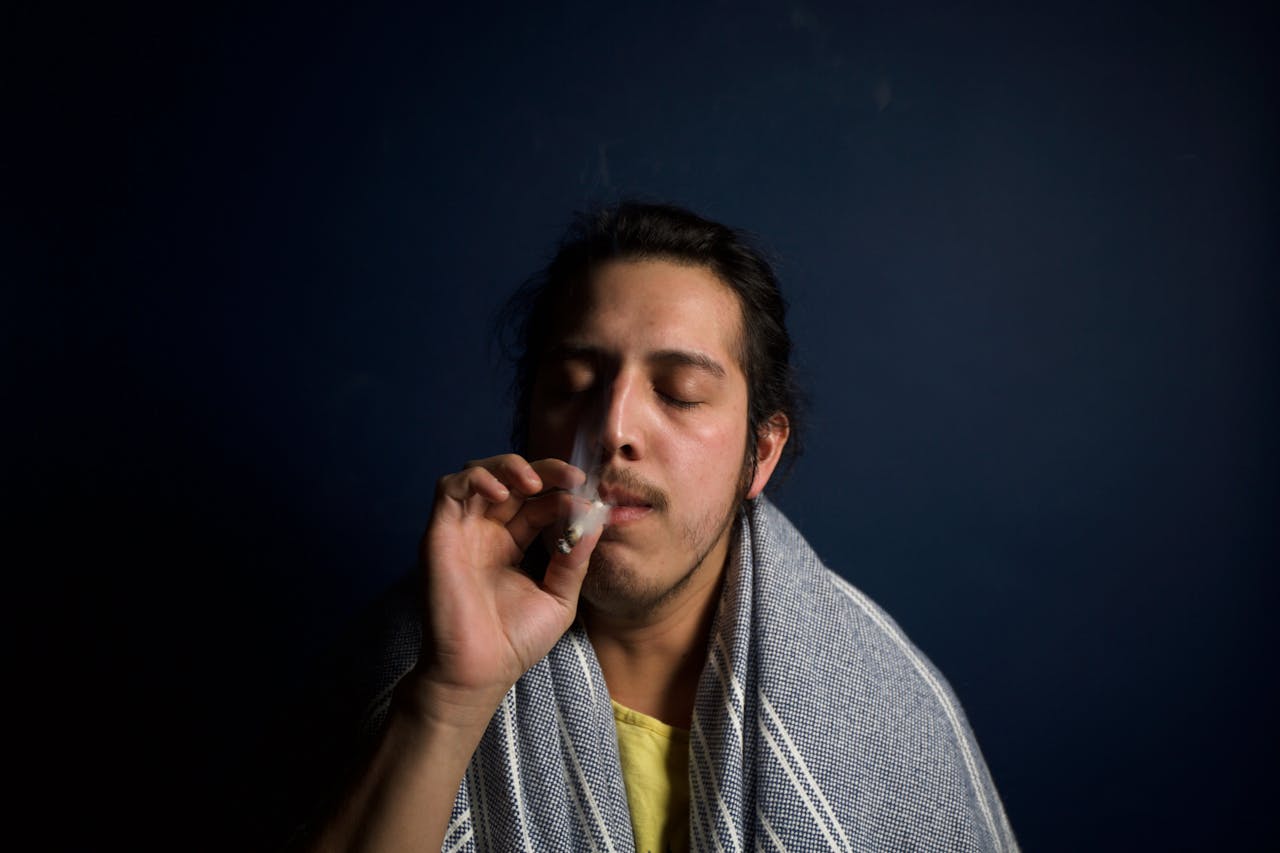Cannabis
The Impact of Cannabis Legalization on Alcohol and Drug Use Among Youth
Research published in JAMA Pediatric suggests that properly regulated cannabis legalization could not only reduce alcohol consumption among adults but also reduce the use of certain substances among adolescents. Such findings should encourage policymakers to rethink current cannabis and alcohol regulation strategies and to invest in education and prevention campaigns, which are key to protecting younger age groups from the negative effects of substance use.

In recent years, both in the United States and Canada, we have seen significant changes in cannabis legislation. The legalization of cannabis for adult use has initiated wide-ranging discussions about its impact on society.
Many opponents of this change feared that it would make it easier for young people to access cannabis and that it might lead to an increase in the consumption of other psychoactive substances, such as alcohol or drugs. However, recent scientific research brings surprising data that may disprove these beliefs.
A review of research on cannabis legalization
The study, conducted by a team of scientists from the Lynch School of Education and Human Development and other renowned universities, is an important contribution to the debate on the impact of cannabis legalization on society. The research team, led by Professor Rebekah Levine Coley, Professor Summer Sherburne Hawkins from the School of Social Work, and Professor Christopher F. Baum from the Department of Economics, analyzed the relationship between cannabis legalization, retail sales, and youth substance use.
The methodology used in this analysis was based on a cross-sectional study that used data sets from youth surveys conducted through 2021. The researchers analyzed in detail how the introduction of cannabis legalization policies and its retail sales affect various aspects of adolescent substance use, which allowed for more reliable and comprehensive results.
Researchers found that legalizing cannabis for adult use was associated with moderate declines in youth alcohol and e-cigarette use. These results are particularly significant because they disprove the common myth that the legalization of cannabis leads to an increase in the use of other psychoactive substances among young people. Instead, the study points to the potential beneficial effects of regulating the cannabis market, which could help limit youth’s access to other, often more harmful, substances.
Analysis of youth outcomes
The analysis conducted by the research team showed that after the legalization of cannabis for adult use, there was a decline in alcohol consumption and e-cigarette use among young people. These data may suggest that these regulations have reduced the attractiveness of these substances among younger age groups, which is a noteworthy phenomenon.
Further research findings on cannabis reveal a complex picture of youth use after legalization. On the one hand, a lower probability of using cannabis was noted among young people, which may indicate the effectiveness of market regulation and health education. On the other hand, among youth who already use cannabis, there has been an increase in the frequency of use.
A key result to highlight is the lack of an overall increase in adolescent substance use in the context of cannabis legalization. This finding is counterintuitive to concerns that often arise in public debates about cannabis legalization. This suggests that control and regulation of the cannabis market may not lead to the negative effects that are often predicted by its opponents.

Comparison with other studies and international context
The impact of cannabis legalization on substance use among adults and adolescents has been the subject of numerous studies, both in the United States and Canada. The results of these studies are ambiguous and vary depending on the geographic area, research methodology, and demographic characteristics of participants.
Previous studies conducted in states that were the first to legalize cannabis, such as Colorado and Washington, found no significant increase in cannabis use among youth, which is consistent with the current results. However, some of these studies noted increased cannabis use among adults, which may have influenced risk perception and availability of the substance among younger age groups. In Canada, where legalization has spread throughout the country, similar trends are observed – despite the availability of cannabis, there has been no significant increase in its use among young people, which suggests that control and regulation can effectively limit the negative effects.
Analysis of differences in results may point to several factors. First, differences in the implementation of cannabis policies, such as age restrictions, dispensary controls, and educational campaigns, may significantly impact the availability and perception of risks associated with cannabis use. Second, cultural and socioeconomic differences between states and Canada may also modulate results.
Summary
Research published in JAMA Pediatric suggests that properly regulated cannabis legalization could not only reduce alcohol consumption among adults but also reduce the use of certain substances among adolescents. Such findings should encourage policymakers to rethink current cannabis and alcohol regulation strategies and to invest in education and prevention campaigns, which are key to protecting younger age groups from the negative effects of substance use.
The importance of this research is also crucial for other countries that are considering legalizing cannabis. Analyzing the experiences of countries that have already gone through this process can provide valuable guidance that will help formulate effective and safe policies regarding cannabis and other psychoactive substances.
__
(Featured image by Brandon Nickerson via Pexels)
DISCLAIMER: This article was written by a third party contributor and does not reflect the opinion of Born2Invest, its management, staff or its associates. Please review our disclaimer for more information.
This article may include forward-looking statements. These forward-looking statements generally are identified by the words “believe,” “project,” “estimate,” “become,” “plan,” “will,” and similar expressions. These forward-looking statements involve known and unknown risks as well as uncertainties, including those discussed in the following cautionary statements and elsewhere in this article and on this site. Although the Company may believe that its expectations are based on reasonable assumptions, the actual results that the Company may achieve may differ materially from any forward-looking statements, which reflect the opinions of the management of the Company only as of the date hereof. Additionally, please make sure to read these important disclosures.
First published in FaktyKonopne. A third-party contributor translated and adapted the articles from the originals. In case of discrepancy, the originals will prevail.
Although we made reasonable efforts to provide accurate translations, some parts may be incorrect. Born2Invest assumes no responsibility for errors, omissions or ambiguities in the translations provided on this website. Any person or entity relying on translated content does so at their own risk. Born2Invest is not responsible for losses caused by such reliance on the accuracy or reliability of translated information. If you wish to report an error or inaccuracy in the translation, we encourage you to contact us

-

 Markets2 weeks ago
Markets2 weeks agoThe Big Beautiful Bill: Market Highs Mask Debt and Divergence
-

 Africa2 days ago
Africa2 days agoORA Technologies Secures $7.5M from Local Investors, Boosting Morocco’s Tech Independence
-

 Markets1 week ago
Markets1 week agoA Chaotic, But Good Stock Market Halfway Through 2025
-

 Business5 days ago
Business5 days agoThe Dow Jones Teeters Near All-Time High as Market Risks Mount

























